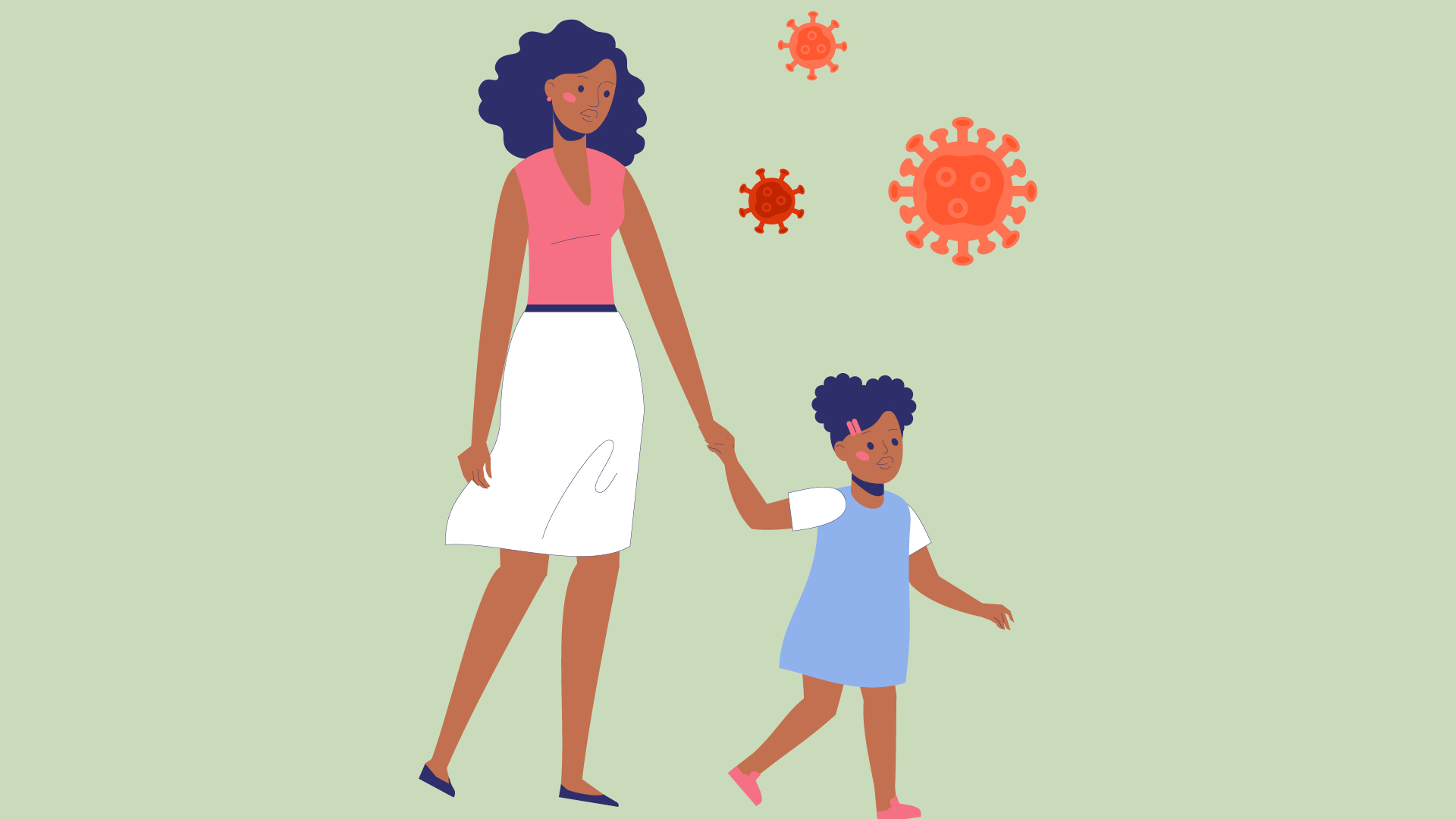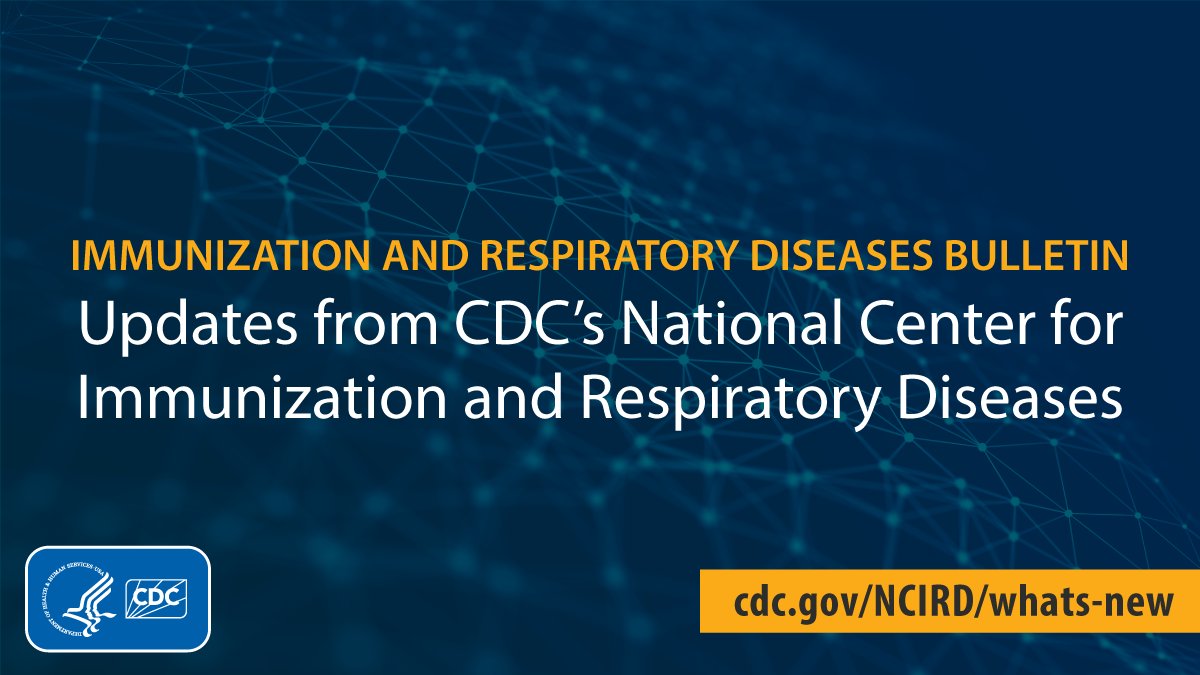Learn what respiratory illnesses have in common and steps to help protect yourself and others.
Certain groups of people are at higher risk for getting very sick from respiratory illnesses.
Core strategies can help prevent the spread of viruses that cause common respiratory illnesses.
Some respiratory illnesses have treatment options to reduce symptoms and risk of complications.
Respiratory Illness Activity
Influenza and RSV activity are low nationally, but COVID-19 activity is increasing in most areas.
Featured
Updates on respiratory illness and vaccine-preventable diseases
Professional Resources
- Get the resources you and your patients need to help protect them from severe respiratory illnesses.
- Use these resources to protect long-term care residents and staff from severe respiratory illnesses.






